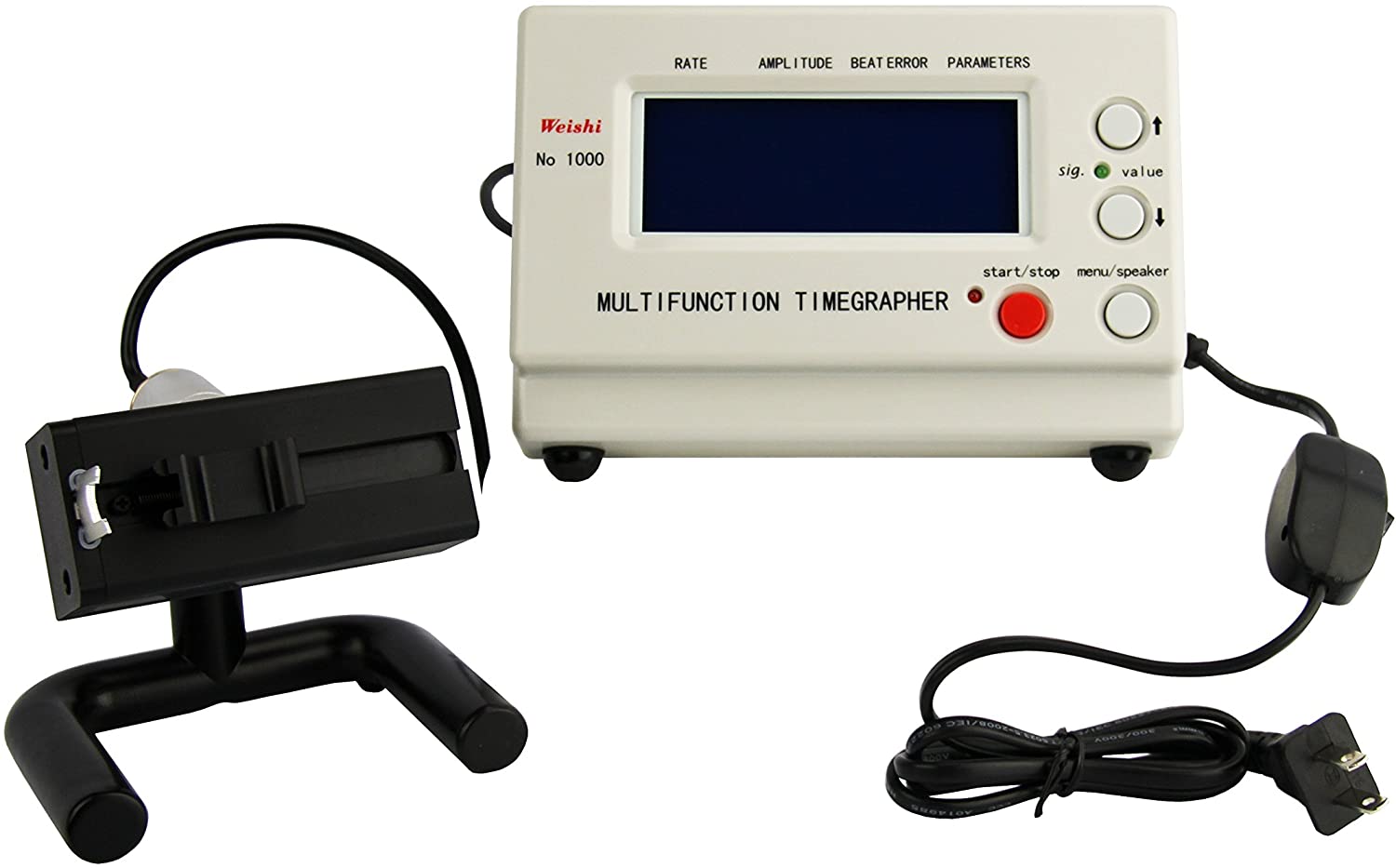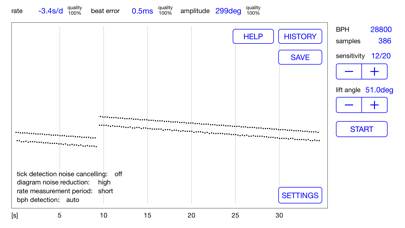

I also enjoy having an SR620 timer/counter which, driven by this reference frequency (10 MHz) can count/time with less than 100ps short- and mid-term accuracy.

I enjoy running a small calibration lab with 3 atomic clocks (Rubidium only, due to cost of Césium clocks), 2 Trimble GPS time receivers and a quartz reference oscillator, all merged in a dual Napoleon-hat configuration to minimize much of drifts causes.
WATCH TIMEGRAPHER APP PC
Understand that a stock PC isn't usable alone. If you're serious about measuring something you should aim at measuring short-term, mid-term and long-term frequency drift (all three) in a reasonable temperature range (very important for quartz and mechanical calibers alike) against a clock source of known characteristics. The type, cut, enclosure, age, temperature, shocks, humidity, pressure, vibrations, all affect a given Xtal and those dedicated to watches are specialy selected for minimizing the mid-term variations in frequency for everyday use. If you're a watch enthousiast, then you know that quartz isn't just quartz. What I question is that you're likely going to compare the regulated quartz of some Omega watch (not the worst available) with the unregulated quartz of a PC, most probably much more subject to transients than the former. With an ounce of drive, it shouldn't be very hard anyway. I believe you can do that in AutoIt, even if you'll have to beg someone else' advices for recording and filtering the sound. I missed this post when it appeared, but better late than never. Thank you in advance for your help! Edited Apby littleclown
WATCH TIMEGRAPHER APP SOFTWARE
I am watch enthusiast and I am sure a simple software tool like this will help thousands people like me. See the real hardware example of this tool:
WATCH TIMEGRAPHER APP HOW TO
My question is - can I use autoit to record and analyse the sound of the watch? I test with normal web microphone and there is a tiktak sound, but the graph is full with noise, and I am not sure how to filter and count ticks. With simple formula you can calculate how accurate is this watch, and make the corrections (normally there is a setting on the balance). My idea is can we make a tool that record and count the ticking of the watch for a bigger period - for example 10 minutes.

By default mechanical watches are not very accurate and cheap ones have +20 second per day. It precisely measure the time between tick-tack-s. After a couple of seconds tells how accurate is the watch. The idea is simple - this tool have a microphone and "listen" the tick-tack-ing of the watch and measures the periods. This is not a request for a script - just an idea.įor thous who don't know Vibrograph or timegrapher is a hardware tool and with it you can precisely mesure how accurate is your mechanical or quartz watch.


 0 kommentar(er)
0 kommentar(er)
